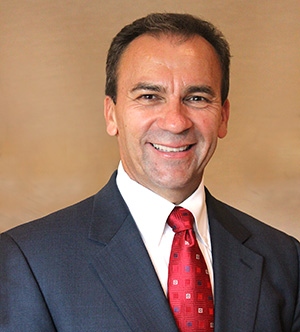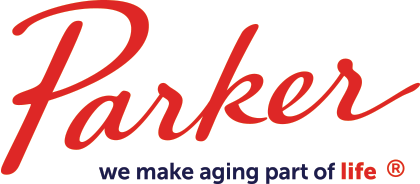A Critical Look at Aging in Puerto Rico
By Roberto Muñiz
 A recent trip back home to Puerto Rico provided me a glimpse into what aging looks like in my homeland. I made this visit with other members of Culture 2100, a mastermind group that brings together leaders from both non-profit and for-profit organizations to discuss ways of improving company culture in the aging services field.
A recent trip back home to Puerto Rico provided me a glimpse into what aging looks like in my homeland. I made this visit with other members of Culture 2100, a mastermind group that brings together leaders from both non-profit and for-profit organizations to discuss ways of improving company culture in the aging services field.
Our first stop was one of the first Assisted Living and Memory Care organizations in Puerto Rico, which opened about four years ago. This is a wonderful organization with exceptional care and services guided by a terrific team of caring managers and staff, with very similar amenities to those private assisted living communities we have in the United States. However, I’m concerned most Puerto Ricans can’t afford it.
The next day we visited a government housing community, designated as HUD (U.S. Department of Housing and Urban Development) Housing where our group spent several hours during the visit, hosting a session for the residents of this community related to managing stress levels – more specifically post hurricane Maria. This session was very informative, interactive and fun. We also hosted a typical, family style Puerto Rican meal and provided local entertainment and dancing, that all of us took part in. Even those of us with two left feet were able to show off our moves! It was a remarkable experience for us to see the joy on the faces of these seniors: the joy of seeing them dancing to salsa, merengue and singing Christmas songs. We afforded them the opportunity to set aside (at lease for a few hours) those memories they lived through, just a year ago with the horrific hurricane Maria. Their joy and their gratitude were obvious.
My third stop led me to a group home (refugio para ancianos) which serves people with diverse physical and cognitive needs. In the U.S., residents living in this group home would be considered nursing home residents. These homes are generally clean and staffed with loving people. I’m just not sure they’re prepared or equipped to care for the level of needs of the people living there. The caregivers do the best they can, however, the lack of resources, such as proper training, staff/residents’ ratios, and equipment to safely do their job, limited their potential.
As I consider my three stops, I am overcome by what seems to be limited services available in Puerto Rico for those who are aging and in need of long-term care. There are barely a few assisted living homes, and if available, are only for those who can afford it. Although there are some nursing homes, there are not enough to meet the skilled needs of the people, and in many cases, the quality of care is less than desirable. There is also very little government financial support to offset the costs. The number of Puerto Rican seniors in need of long-term care is wide and the services are limited. Frequently the elders are left at the mercy of their families or neighbors, or sometimes left alone to fend for themselves at home, often alienated by society, without the critical help they need. The destruction wreaked by Hurricane Maria made their situation even more bleak.
As the President & CEO of Parker, I feel my two worlds clash as I assess the situation in my homeland and what I know is possible in the aging field.
Now, especially with the start of the New Year, I am asking: Who will care for Puerto Rico’s aging population? What is the government doing about it and what are the people of Puerto Rico doing to demand more quality care and services? I am concerned for what will come of the elders that have given so much to the island’s growth and culture with their wisdom and traditions. This dilemma weighs heavily on my heart. As I continue to think of what solutions would help Puerto Rico’s disenfranchised elders, I encourage you to do the same!

